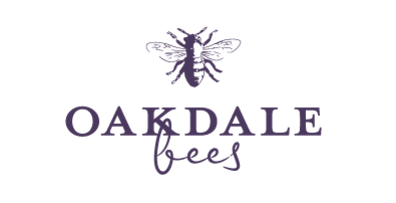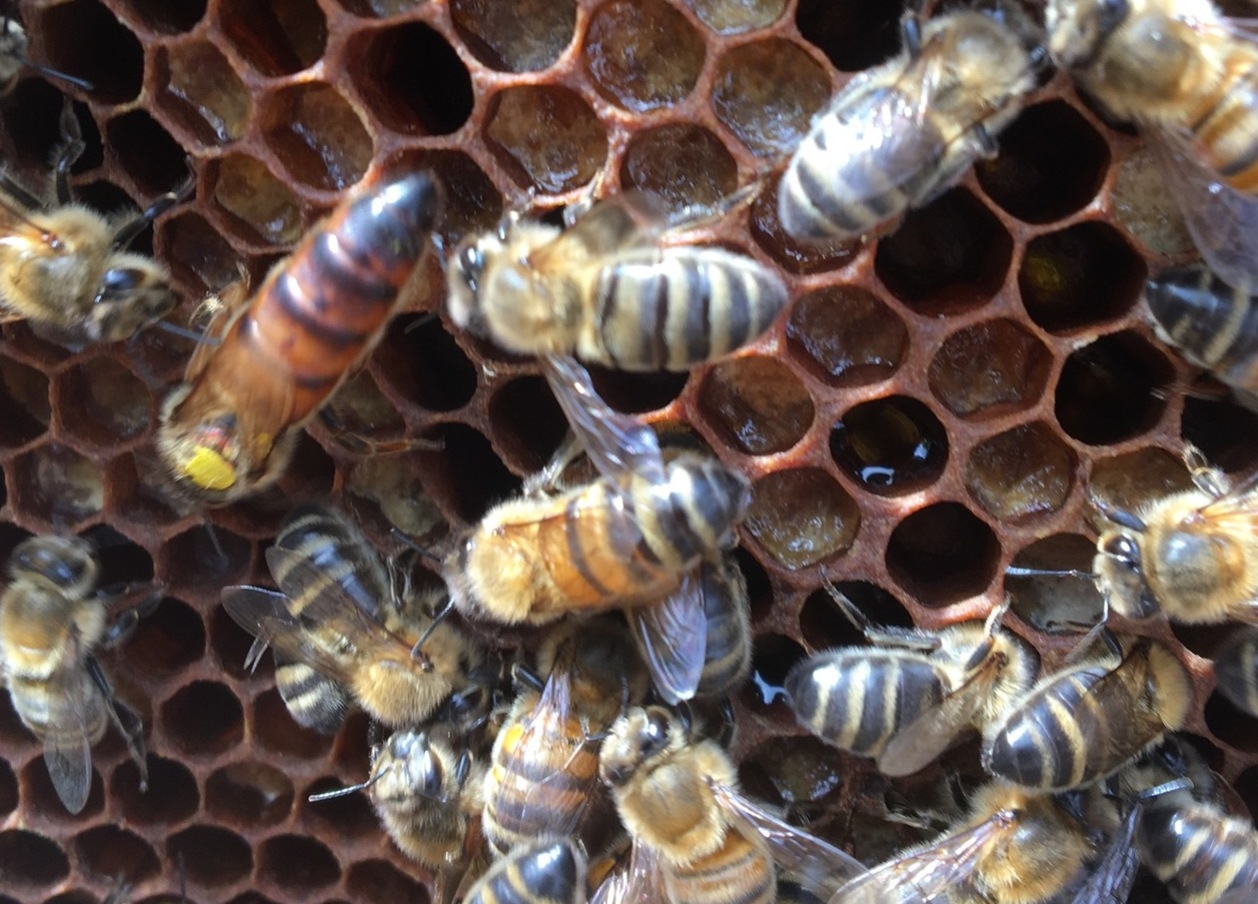The magic of Beeswax
Posted on 20th February 2024 at 09:55
What is Beeswax
We thought we share just some of the fascinating insights into what is Beeswax as it features in all of our lovely natural product’s.
Beeswax (Cera Flava) is a substance secreted by four pairs of wax glands under the abdomen of honeybees. Wax glands on the underside secrete small wax platelets, after feeding with royal jelly and they use this to construction the structure of the hive. These platelets are scraped off by the bee, chewed, and masticated into pliable pieces with the addition of saliva and a variety of enzymes.
The colour varies and whilst starts as pure white turns golden once the propolis and larval debris are incorporated, older wax will be very dark in colour.
Beeswax has historical uses.
Research and testing extracts of ancient pottery and it has been determined that beeswax was harvested and used by Neolithic peoples to seal thereby preserving their food.
For hundreds of years, many people stored their food in ‘cold’ rooms such as pantries. Salting and pickling were also time-tested methods. Prior to the mid-1800s, pre pasteurisation food spoiled very easily and become bacteria ridden, especially when left ‘out in the open’.
Beeswax has been a popular method for preserving food for thousands of years. The history of waxing fabric for various uses can be traced back to the time of the Egyptians. The first use of beeswax coated fabric to preserve food was well documented. This allowed vegetables and fruit, and other perishable goods to last longer than they would have done had they been left in the open. Wax coated fabric provided a versatile sealing method for clay and glass vessels.
Why do Bees make Wax
Beeswax is used to make the foundation and honeycomb hexagonal cells used for raising the brood and storage of honey and pollen. The uniform wax cells are used to cradle larvae, and are storage cells for pollen and honey, and the entire wax foundation supports the mass of working bees. The structure this weight supports is truly amazing and often emulated by engineers the world over.
Wax is strong, for example, approximately 100 g of wax is used to construct all the cells in one Langstroth deep frame. The chemistry of wax varies between genera and species of bees. It is estimated that beeswax from some Bees consists of over 300 different compounds.
The pure magic of Beeswax
Beeswax has no direct effect on humans or larger animals. If mixed with medicinal drugs or poisonous baits, it preserves the active materials longer and releases them slowly. It is a good electric insulator and, when saponified with borax, it allows the mixture to remain very stable creating smooth emulsions for cosmetics. It has anti-inflammatory and antioxidant properties.
Beeswax is inert with high plasticity (no not the nasty ones). It protects against corrosion, abrasion and moisture loss. Commercial beeswax is used for metal castings, candle making, as well as in cosmetics, textiles, varnishes and food processing. In particular for food preserving especially cheeses.
Other animal natural waxes include whale and wool wax (from sheep).
Beeswax candles have been used for thousands of years, the ancient Egyptians used beeswax to make candles and to embalm the dead. The ancient Greeks and Romans also used beeswax candles in their religious ceremonies and to light their homes.
In the Middle Ages, beeswax candles were a luxury item, only affordable for Royality and the wealthy, churches and castles, certainly highly valued. The poor used tallow candles made from rendered animal fats which were considerably more odorous but omitted nasty dark plumes of smoke when burning.
Popularity of beeswax candles began to decline with the introduction of electricity.
Beeswax candles when burning are non-toxic, emit negative ions when burned, and have a natural, subtle delicious honey scent. They are also a sustainable and environmentally-friendly alternative to soy and paraffin wax candles.
Out of interest can you spot the Queen Bee in the picture, more to follow on these later.
Please have our look at our rolled candles which make a perfect gift.
Share this post:



